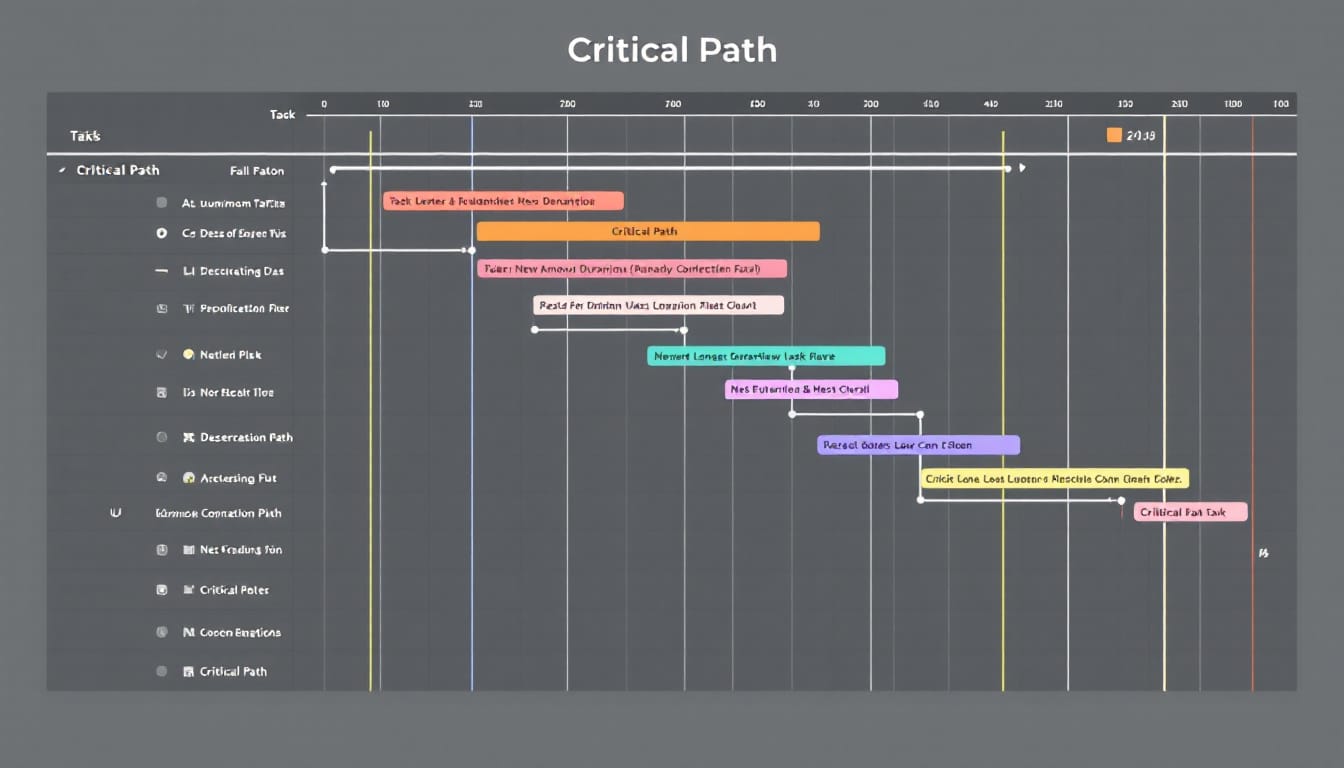In the field of project management, acceptance criteria play a central role in ensuring stakeholder satisfaction. These elements define what is necessary for a deliverable to be considered acceptable, thus providing a clear visibility on expected outcomes. By establishing precise and measurable criteria, teams can avoid misunderstandings, control the scope of the project, and ensure that everyone remains aligned on common objectives. Let’s dive into this quick guide to better understand the importance and structure of acceptance criteria.
🔥 Nous recommandons Ideamap
Ideamap est l’outil idéal pour un brainstorming ou un projet collaboratif. Grâce son interface facile et à ses fonctions IA, Ideamap booste votre créativité tout en favorisant une meilleure organisation de vos idées pour atteindre vos objectifs.

Understanding Acceptance Criteria in Project Management
Acceptance criteria represent a set of specific conditions to verify in order to ensure that the results of a project meet the expectations of stakeholders. They serve as a reference for assessing whether the final product conforms to the defined requirements, thereby emphasizing transparency and communication within the team. Writing clear and measurable criteria helps avoid disagreements in the final stages of development, fostering harmonious collaboration between developers and clients.
The Importance of Acceptance Criteria
In project management, acceptance criteria play an essential role in framing the team’s work and in ensuring the quality of deliverables. They help define expectations, ensuring that all team members are on the same page. Furthermore, these criteria easily transform into test scripts, thereby allowing for the automation and validation of results at each step of the process, ensuring optimal project management and contributing to their success.
Creating Effective Acceptance Criteria
Writing effective acceptance criteria requires particular attention to clarity and precision. They should be formulated in a way that is easily understandable and verifiable, which will facilitate their integration into the project’s tests. A typical example is to state that “the functionality must load in less than 3 seconds” rather than just saying “the functionality must be fast.” This type of clarification helps establish measurable performance standards and alleviates stakeholders’ concerns.














